Minimalist Interior Design Trends
Minimalist interior design continues to redefine modern living spaces by celebrating simplicity, intentionality, and serene environments. With a focus on clean lines, uncluttered spaces, and subtle sophistication, minimalist interiors offer both functionality and aesthetic calmness. Discover the latest trends shaping contemporary minimalist design and learn how to incorporate these powerful concepts into your own home for a timeless, beautiful appeal.

Embracing Neutral Color Palettes
Warm whites infuse spaces with light and airiness while maintaining a cozy, inviting ambiance. Unlike stark, clinical shades, warm whites provide subtle comfort and adapt seamlessly to changing daylight. This versatile approach creates a balance between a clean, fresh aesthetic and visual warmth, making rooms feel more welcoming and livable without overwhelming the senses.
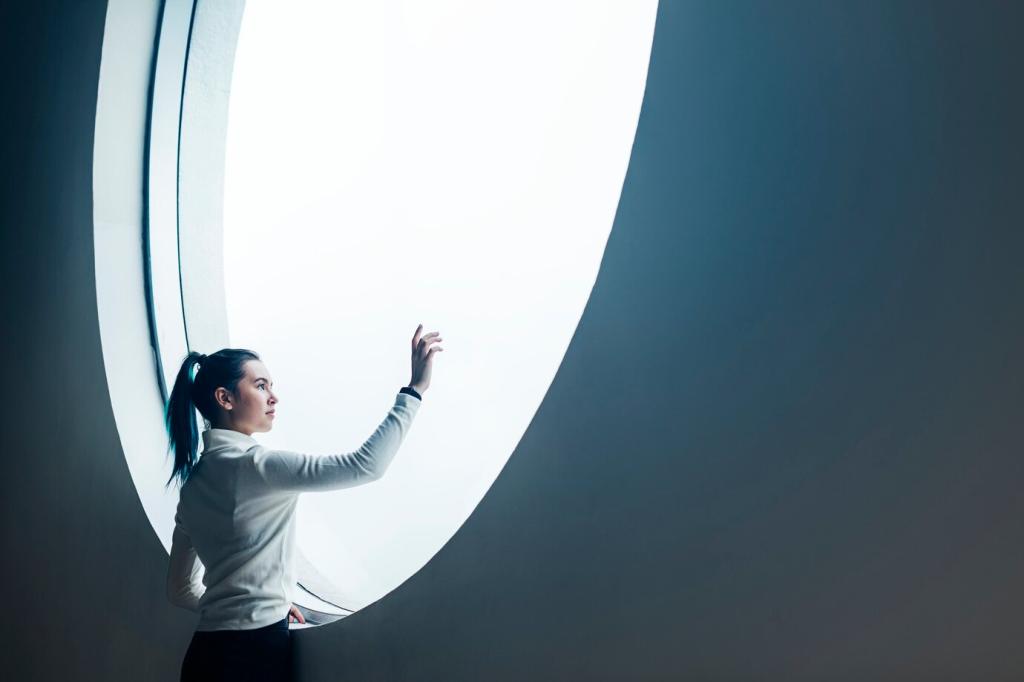
Functionality and Versatility
Hidden and integrated storage options are pivotal in reducing visual clutter and maximizing space. Built-in cabinets, concealed shelving, and under-seat storage help keep belongings out of sight, enabling the minimalist philosophy to flourish. Thoughtful storage not only enhances organization but also creates an ambiance of openness and clarity throughout the home.

Floor-to-Ceiling Windows
Incorporating expansive windows floods interiors with daylight and visually blurs the lines between indoor and outdoor spaces. These windows transform rooms into luminous sanctuaries where nature becomes a living artwork. The abundance of sunlight elevates mood, enhances energy efficiency, and contributes to a holistic sense of well-being and openness.
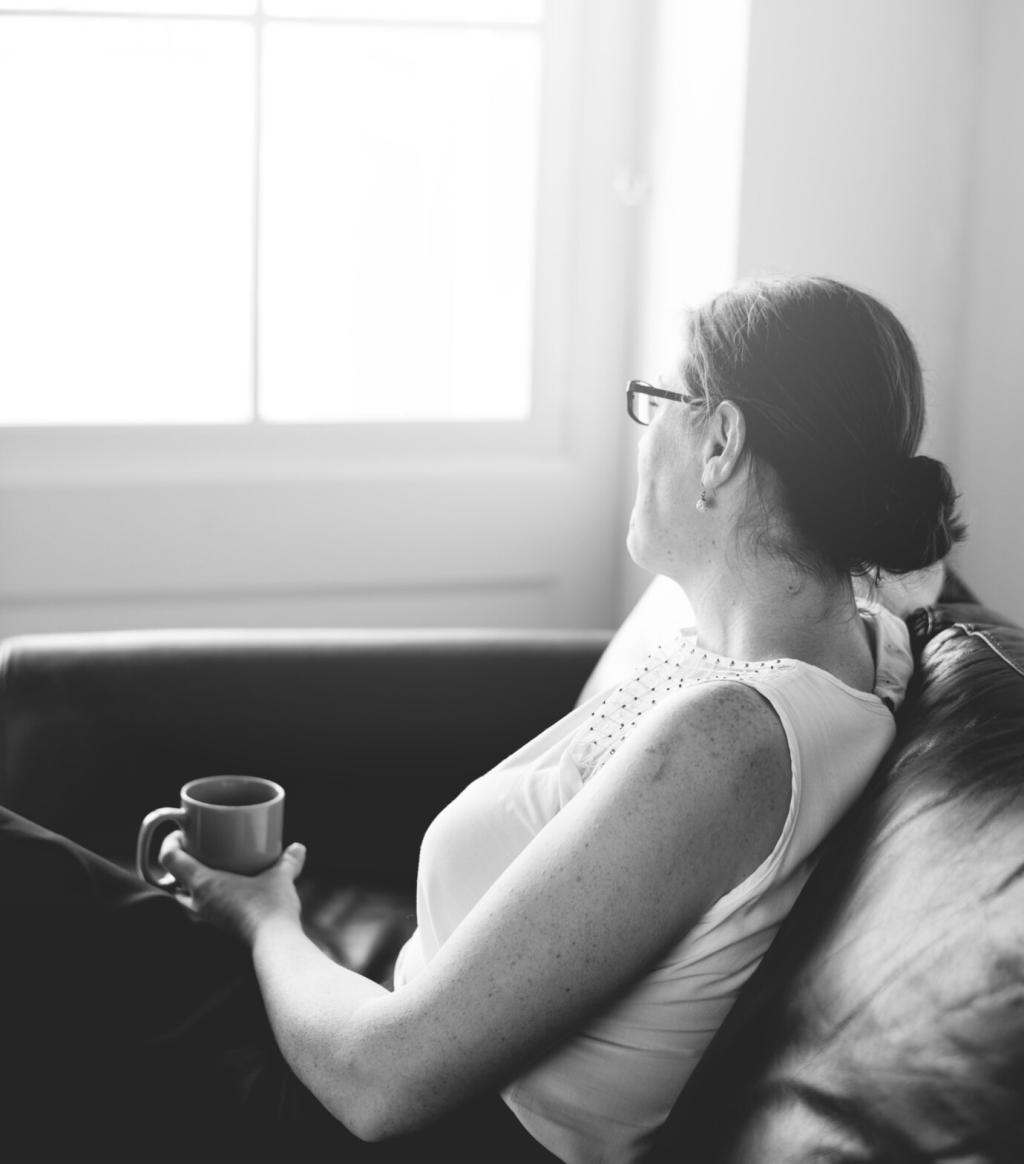
Glass Partitions and Doors
Transparent glass elements are being used to delineate spaces without obstructing views or light flow. Glass partitions and sliding doors allow spaces to remain distinct yet visually continuous, preserving airiness and unity. This transparency promotes flexibility in function while maintaining the overall purity and cohesion of minimalist spaces.
Tactile Textures and Materials
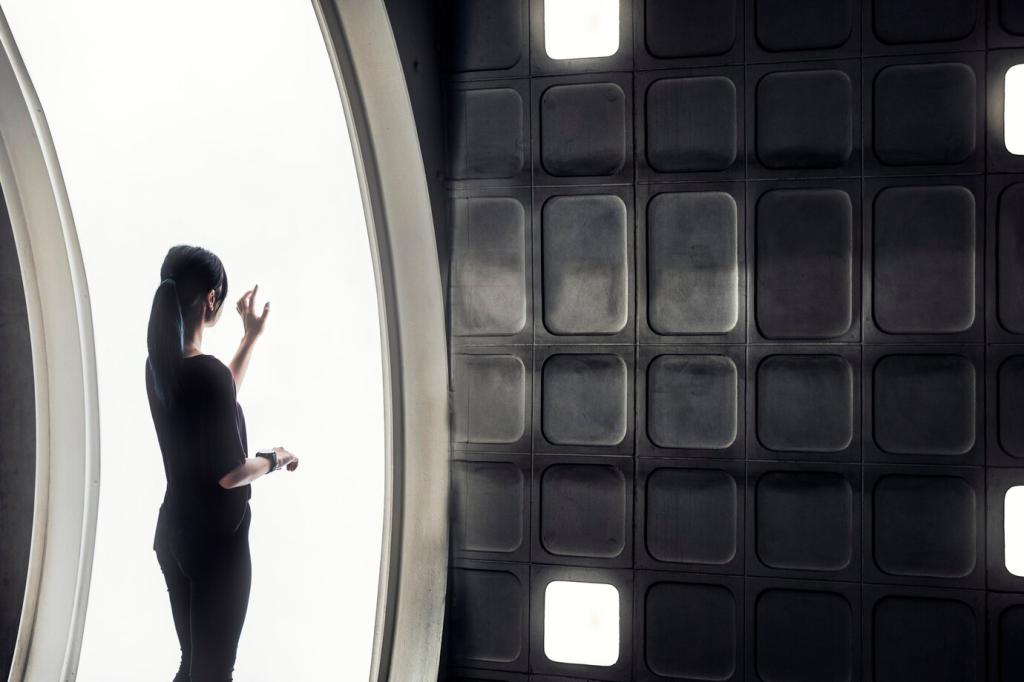
Soft Textiles
Cushions, throws, and rugs crafted from linen, wool, or cotton invite touch and comfort, subtly breaking up stark surfaces. These textiles, even in neutral tones, introduce a layer of softness and approachability. By balancing the sleekness of hard materials, soft textiles contribute to a harmonious and inviting minimalist environment.

Raw and Natural Finishes
Unpolished wood, exposed concrete, and honed stone surfaces highlight material authenticity. These finishes emphasize the inherent beauty in natural imperfections, lending both character and tactility. Integrating such materials speaks to a return to basics, reinforcing minimalist values while adding visual intrigue and grounding the design in nature.

Smooth Surfaces
Contrasting with textured elements, the presence of smooth, continuous surfaces—think lacquered cabinetry, stone countertops, and streamlined metal fixtures—provides polish without excess. These features support cleanliness, reflect light, and lend an unburdened, expansive feel, allowing a room’s spatial qualities and architecture to take center stage.
Subtle Accents and Art
Statement Art Pieces
Rather than filling walls with numerous items, minimalist interiors spotlight a single, bold artwork per space. A large abstract painting or sculptural installation stands out against blank backdrops, amplifying its visual impact. This approach allows homeowners to express individuality and create intrigue without overwhelming their interiors.
Simple Decorative Objects
Elegant, well-crafted decorative pieces—such as a handcrafted vase, ceramic bowl, or organic-shaped lamp—offer subtle layers of artistry. Positioned intentionally, these objects command attention for their form and texture, bringing life and interest into a space while adhering to minimalist philosophies of restraint.
Subdued Color Pops
Introducing restrained bursts of color through accessories like cushions, throws, or a single accent chair enlivens a neutral palette without clutter. Soft blush, muted green, or deep navy can refresh a room while maintaining equilibrium. These controlled pops of color break monotony and add contemporary vibrancy with sophistication.
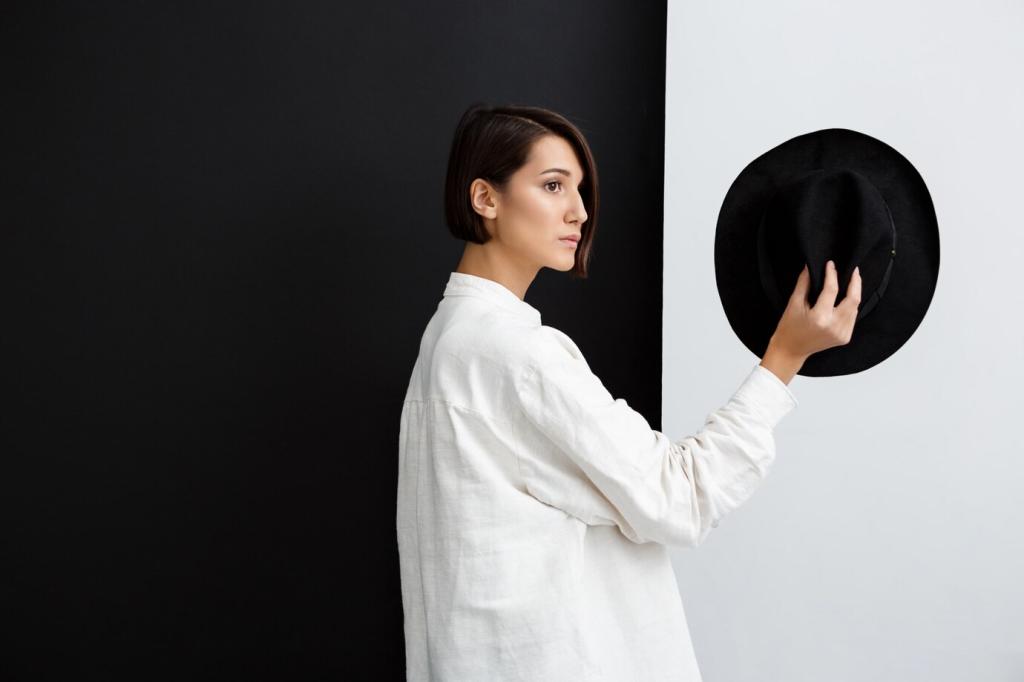
Architectural plants such as fiddle leaf figs, monstera, or sansevieria inject energy and sculptural beauty into minimalist interiors. Their bold shapes and verdant hues complement restrained spaces, breathing vitality without overpowering simplicity. Selective placement ensures greenery becomes an intentional design component rather than an afterthought.
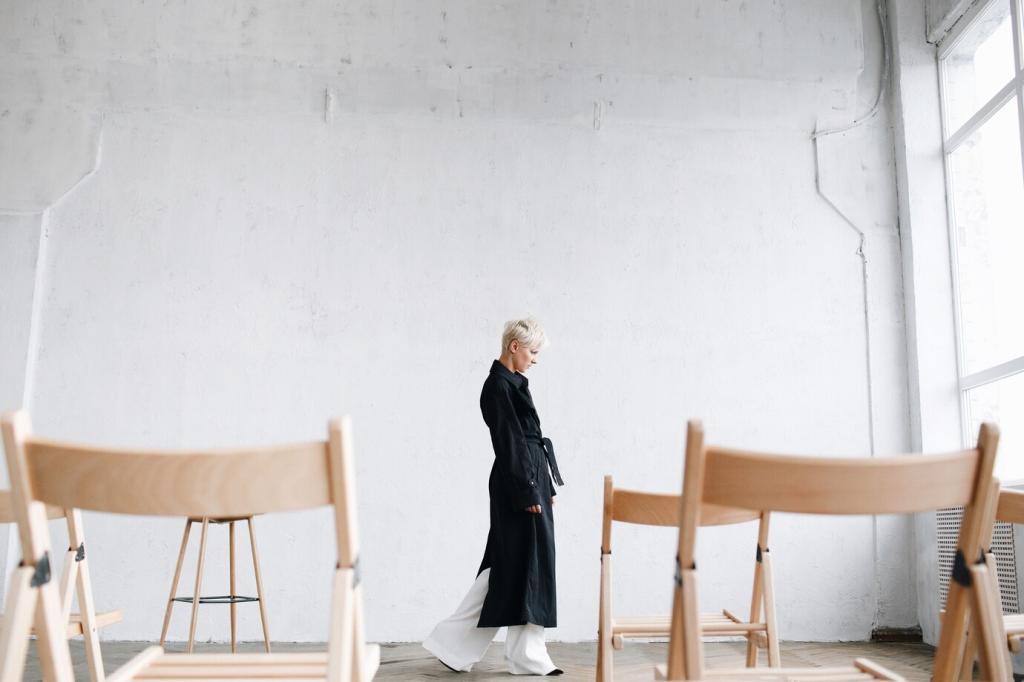
Planters of simple design—think matte ceramics or sleek metal pots—are chosen for their understated elegance. These vessels frame plants as living artworks, contributing to the overall aesthetic without detracting from minimalist principles. Carefully curated, they enhance continuity and keep the focus on form and foliage.

Vertical gardens or living walls introduce lushness in innovative ways, transforming vacant surfaces into living art. By incorporating greenery vertically, even small or urban spaces can benefit from the calming presence of plants. These installations purify air, foster relaxation, and showcase the healing influence of nature in minimalist interiors.
Sustainable and Ethical Choices
Reclaimed and Recycled Materials
Desks, tables, and flooring crafted from reclaimed wood or recycled materials add character and sustainability to minimalist spaces. These choices celebrate craftsmanship, honor the environment, and bring unique history to interiors. By reusing resources, homeowners can align their spaces with values of conservation and mindful living.

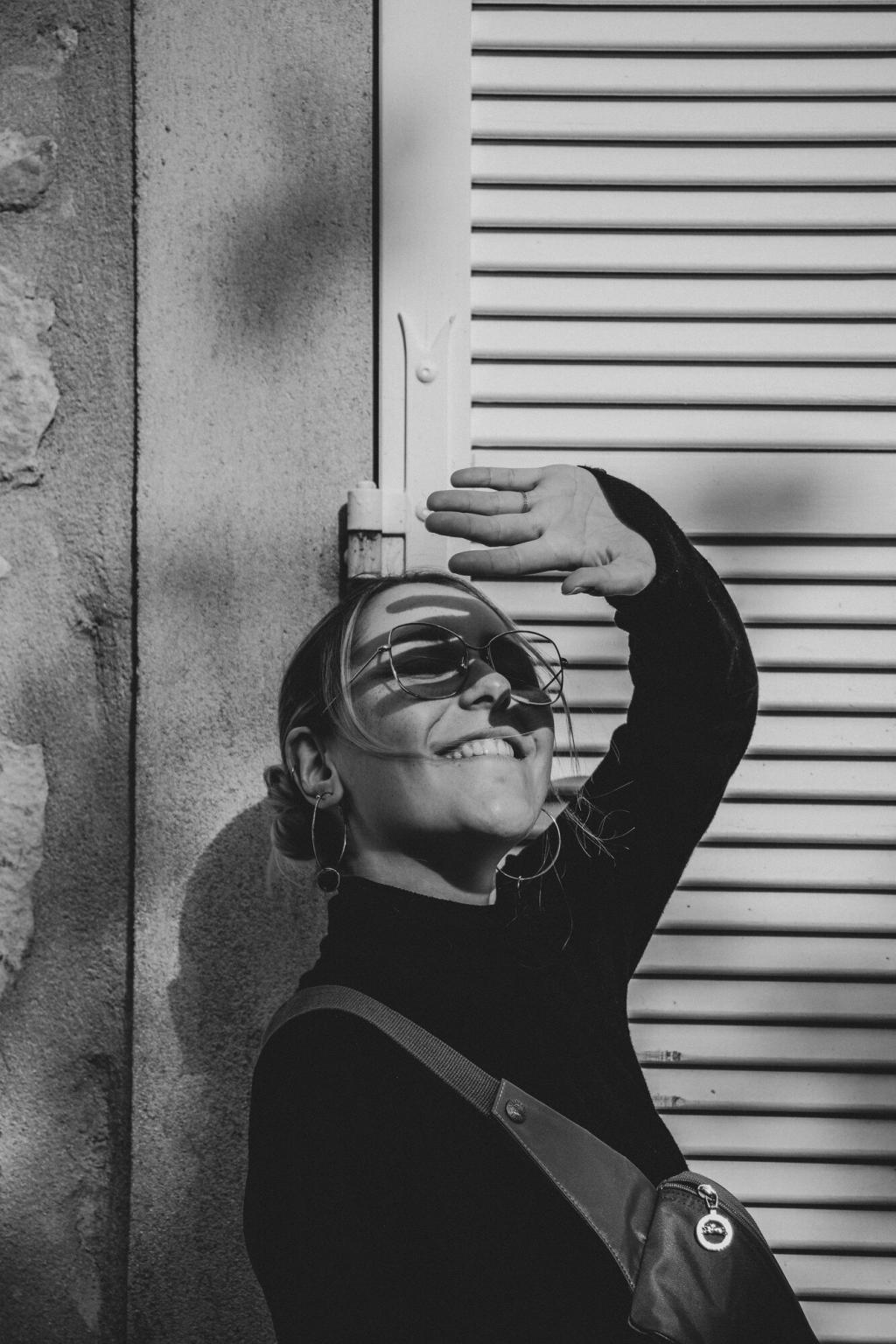
Locally Sourced Furnishings
Products made by local artisans using indigenous materials have lower environmental impact and support community economies. Minimalist homes now showcase locally crafted furniture and decor, reflecting authenticity and individuality. These pieces add a sense of origin and story, enhancing the emotional value of every item.
